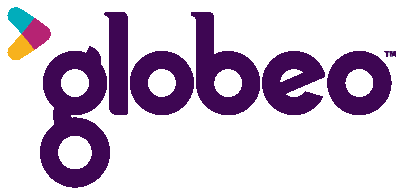Travel and expense management is critical to any business’s financial health. With the right strategies and tools, you can optimize your travel and expense processes, reduce costs, and gain visibility into your organization’s spending.
Regarding travel and expense management, you should follow several best practices to ensure maximum efficiency and cost savings. Capping this blog’s four-part series, here are eight of the best practices for travel and expense management:
1. Establish Clear Travel Policies
Creating a system of guidelines and regulations regarding travel is a must for any business. These rules specify who is eligible for travel, the costs that can be charged, and who is responsible for monitoring and approving the expenses associated with the journey.
2. Use an Automated Travel and Expense Management System
Automation is a way to make your travel and expense management process more efficient and easier to manage. Automation can help you keep track of expenses, manage accounting tasks more quickly, and ensure you follow the rules and regulations you have set.
3. Utilize Vendor Discounts
By planning, travelers can benefit from savings on their trips. Booking flights, hotels, or rental cars ahead of time can result in significant discounts. Additionally, using certain payment methods can also result in savings. Taking advantage of these offers can help you reduce your overall travel costs.
4. Monitor Spending
It’s important to pay close attention to the money that your organization is spending. By staying current on your spending, you can figure out where to reduce costs and save money.
5. Leverage Corporate Cards
Corporate cards are a convenient and useful tool for businesses that allows them to keep track of the expenses of their employees. The cards can be used to make purchases and receive discounts and rewards, making it easier and more efficient for businesses to manage their finances.
6. Utilize Expense Reports
By tracking expenses, you can gain insight into the amount and type of money you spend. This can help you identify areas where you can cut back and save money and pinpoint any issues causing your expenses to rise.
7. Enforce Compliance
Ensure that your staff understands and adheres to your travel and expenditure rules. Reviewing and enforcing these policies helps ensure everyone follows the rules and avoids unnecessary costs.
8. Leverage Technology
Using the right technology can greatly benefit managing travel and expenses. By leveraging the appropriate tools and technologies, you can make your organization more efficient, cut costs, and gain visibility into how money is spent on travel and expenses.
How to Save Time in Managing Business Travel Expenses
Mobile apps can streamline the process of submitting and tracking travel expenses in real time. This can help employees stay on top of their travel expenses and reduce the time spent tracking and reconciling them.
Using the right technology can help make managing travel expenses more efficiently. This includes leveraging automated expense reports and mobile apps and using automated payment systems. This can reduce time spent on administrative tasks and ensure that expenses are paid promptly.
The Bottom Line
By following these best practices for travel and expense management, you can ensure your organization manages its travel and expense budget in the most cost-effective way possible. Implementing the right strategies and tools can help you optimize your travel and expense processes, reduce costs, and gain better visibility into your organization’s spending.
Globeo provides a wide selection of accommodations for companies traveling to North America, including the USA, Canada, and Mexico. Our convenient clc hotel locator app makes locating and booking the perfect hotel easy. Contact us to learn more about our services.



